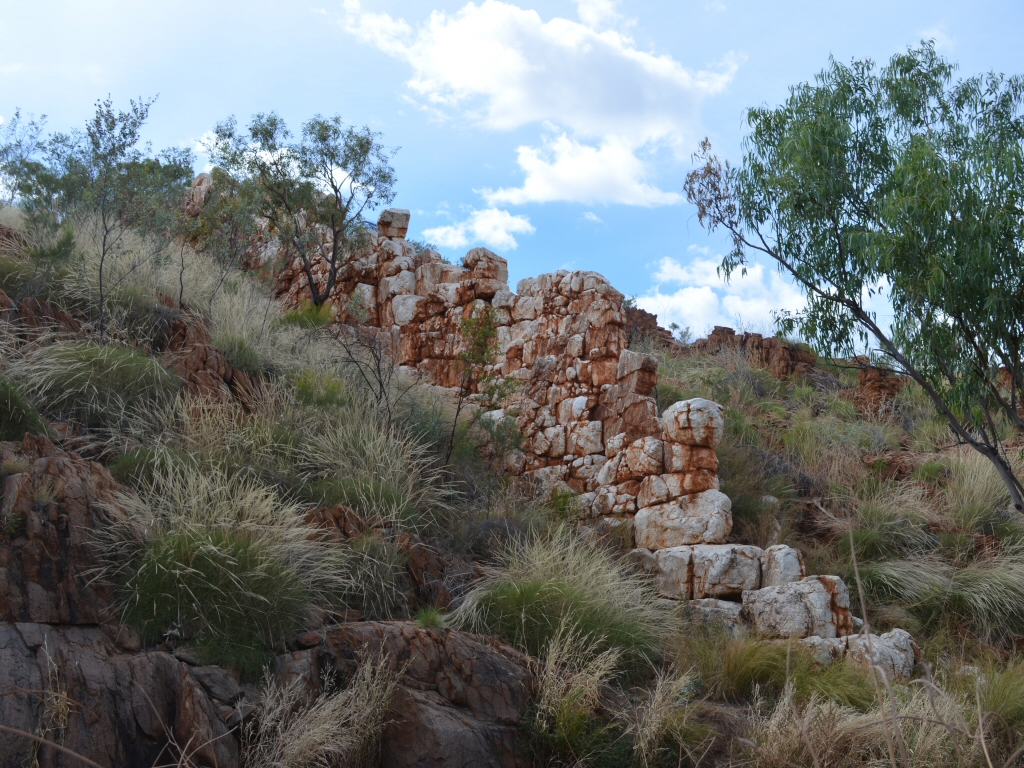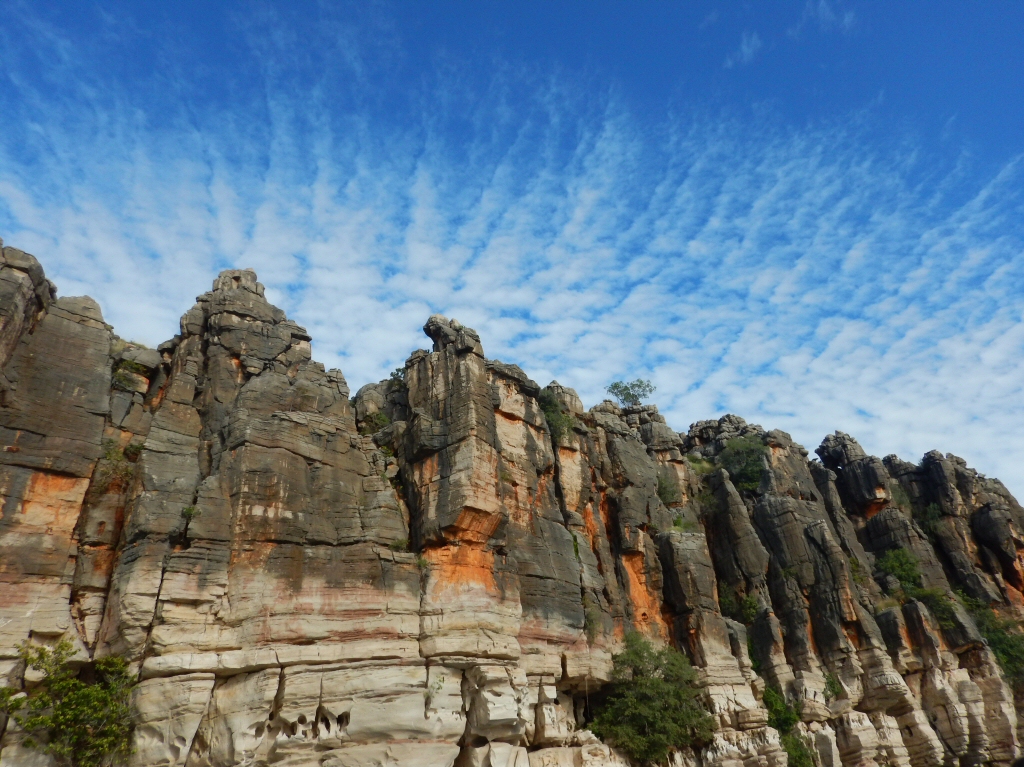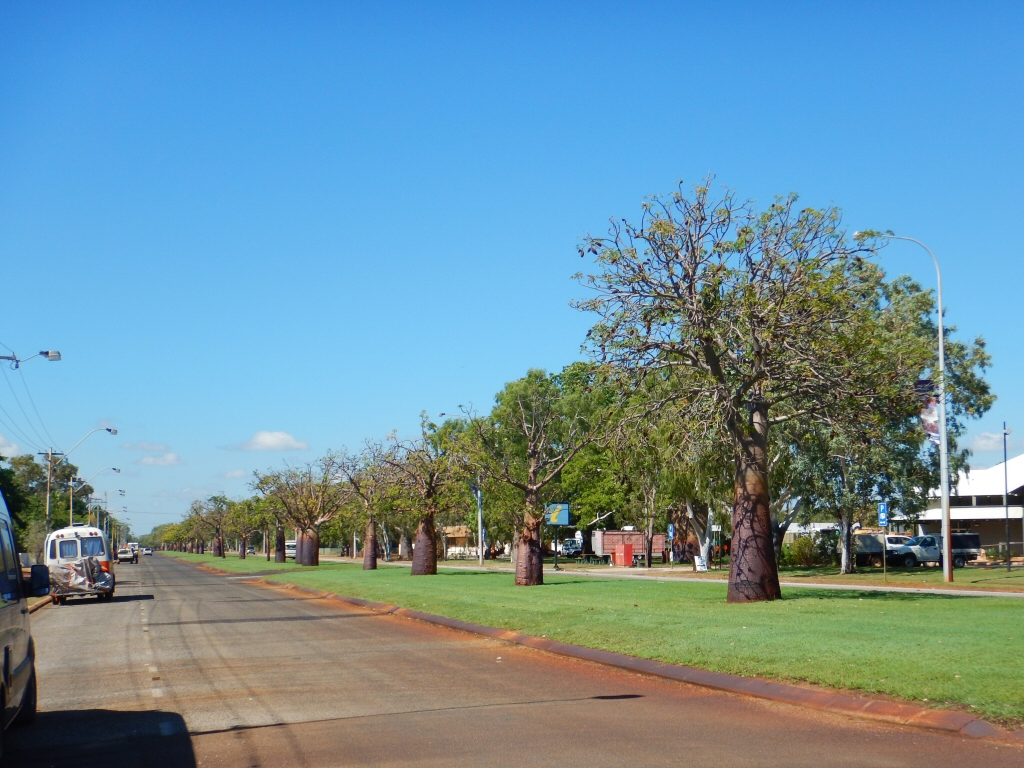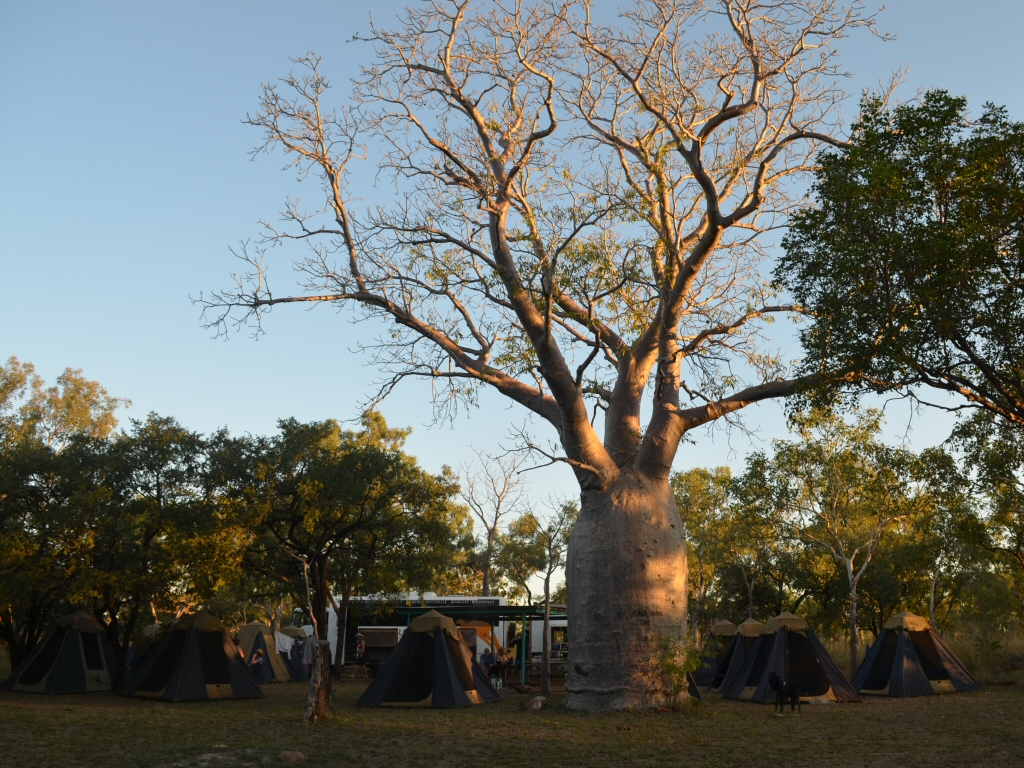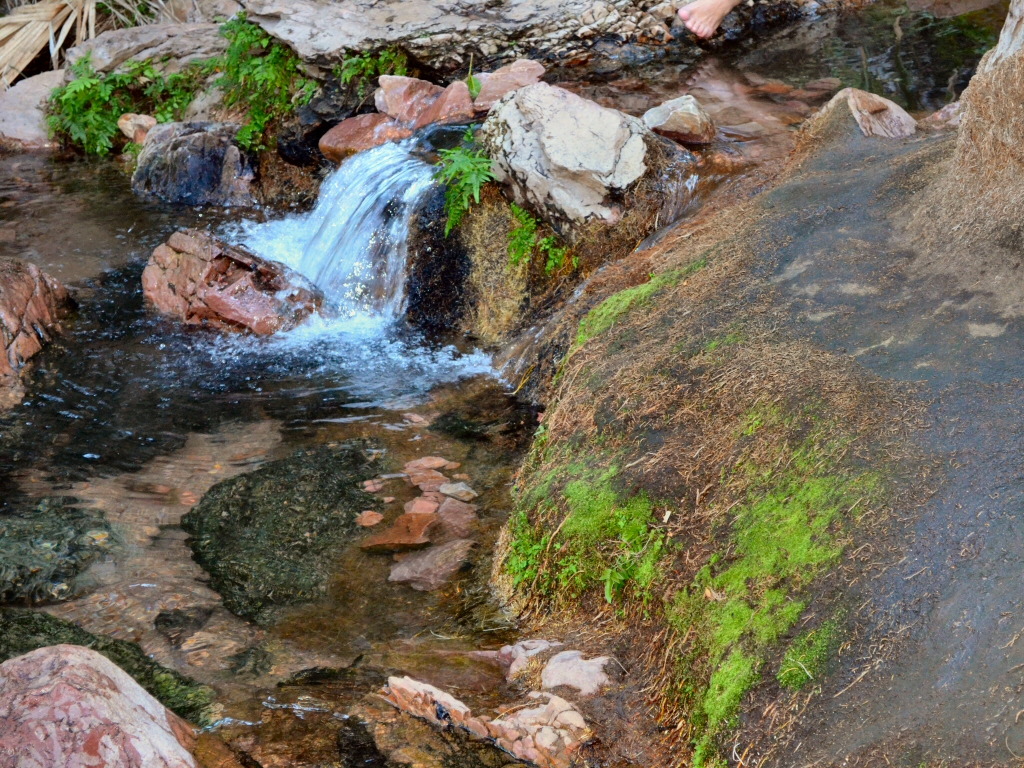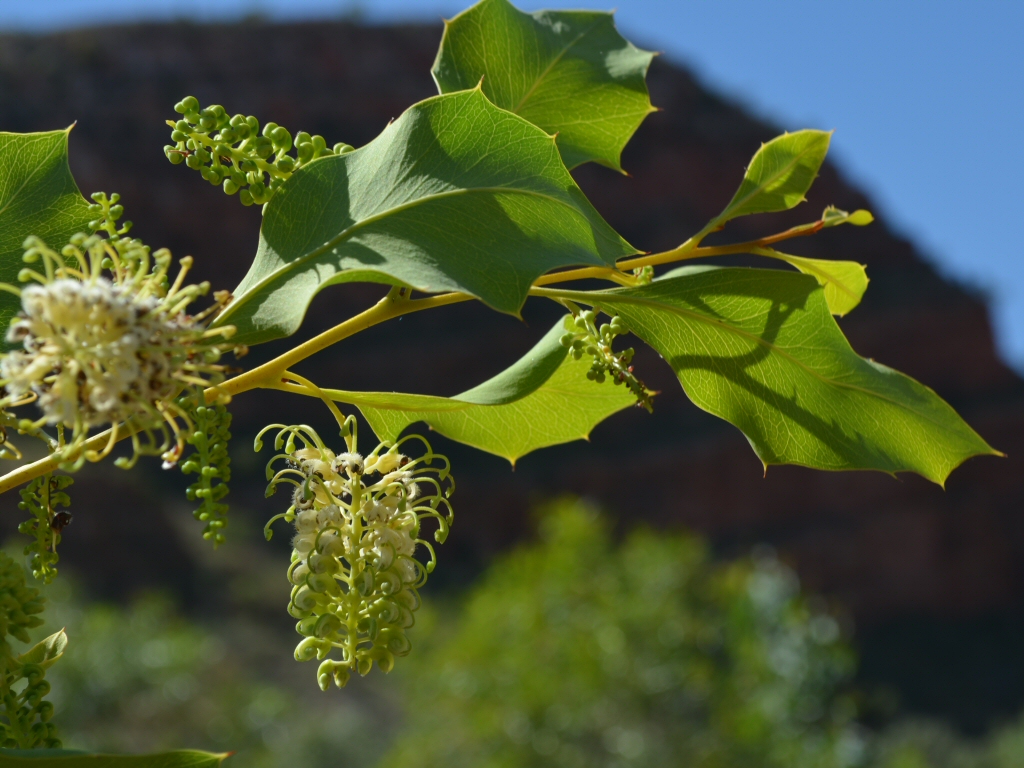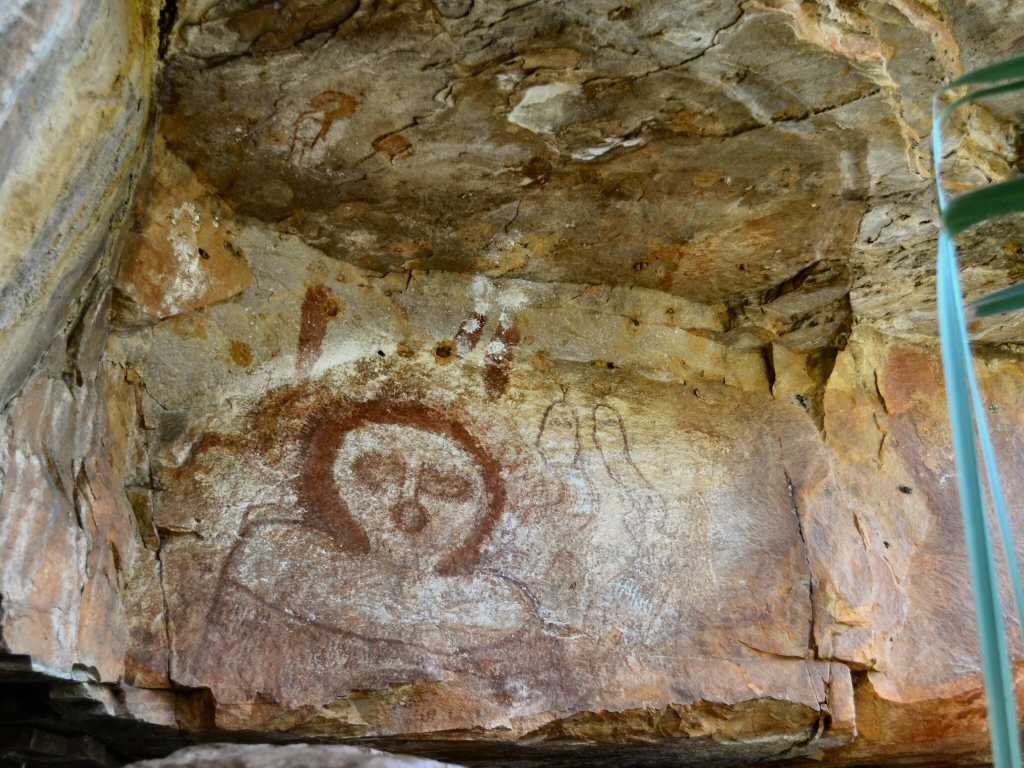The Kimberley
I recently had the opportunity to cross off one of the things on my bucket list – a trip through the Kimberley. It was everything I had imagined it would be, plus a bit more, and I could highly recommend it to anyone who is thinking of doing it. I shared a little bit of my trip last newsletter, but it made such an impact that I’d like to bring you more this time. So here are few more of the plants and special things that I found while I was there.
The first thing about a visit to The Kimberley is timing. The seasons there are all nothing like those in temperate regions where most of us live. The wet season goes from about November to March, and the dry from April to October so it is vital to know what to expect if you are going to tour the area. If you are looking at flora then the first few months of the dry season will tend to feature the greatest diversity of flowers. However, there is always something going on flora wise as the Aboriginal people recognised, with their division of the year into 6 seasons depending on what was happening in the environment in a given month.
Without a doubt the star of the show in The Kimberley is the Baobab tree Adansonia gregorii. This is the only species of Adansonia in Australia, the other eight occur in Madagascar and Africa, and there is a school of thought that perhaps the first Australians brought this species with them as it has numerous uses for humans, including as a food source.
Some of the other signature plants of The Kimberley would have to include the buttercup yellow Kapok Cochlospermum fraseri, the stunning Kimberley Roses (various Brachychiton species)and the screw pine Pandanus spiralis. Mulla mulla (Ptilotus exaltatus) and Bachelor’s Buttons (Gomphrena species) provide a bit of colourful drama at ground level from time to time.
-
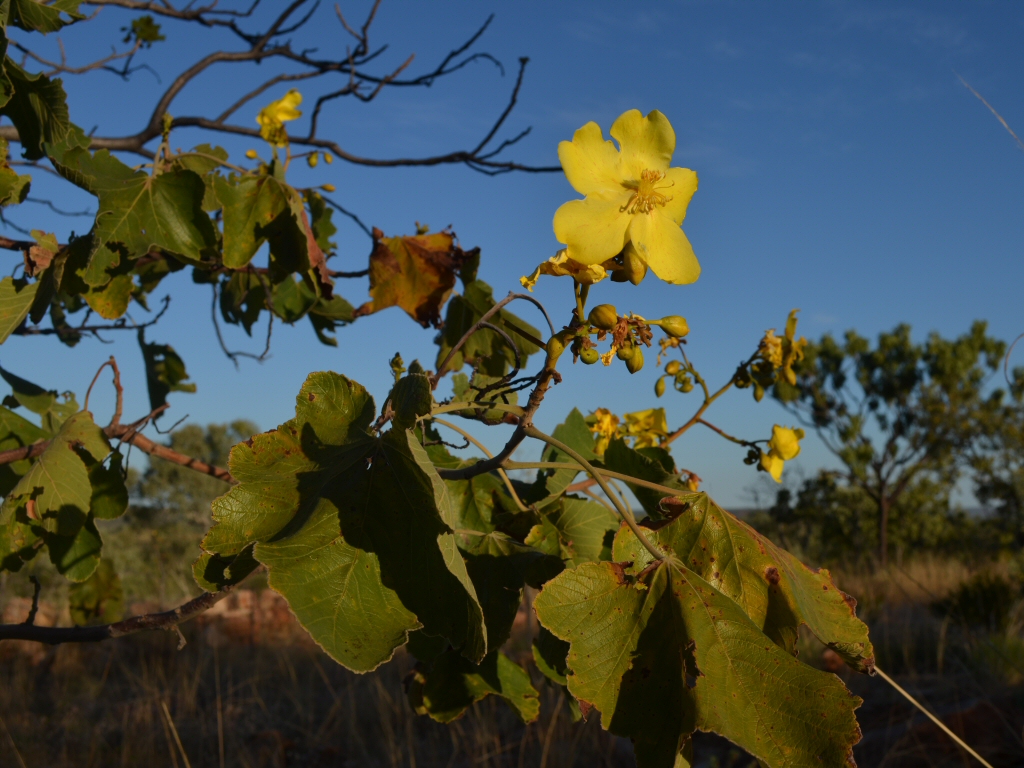
Cochlospermum fraseri - Kapok
-
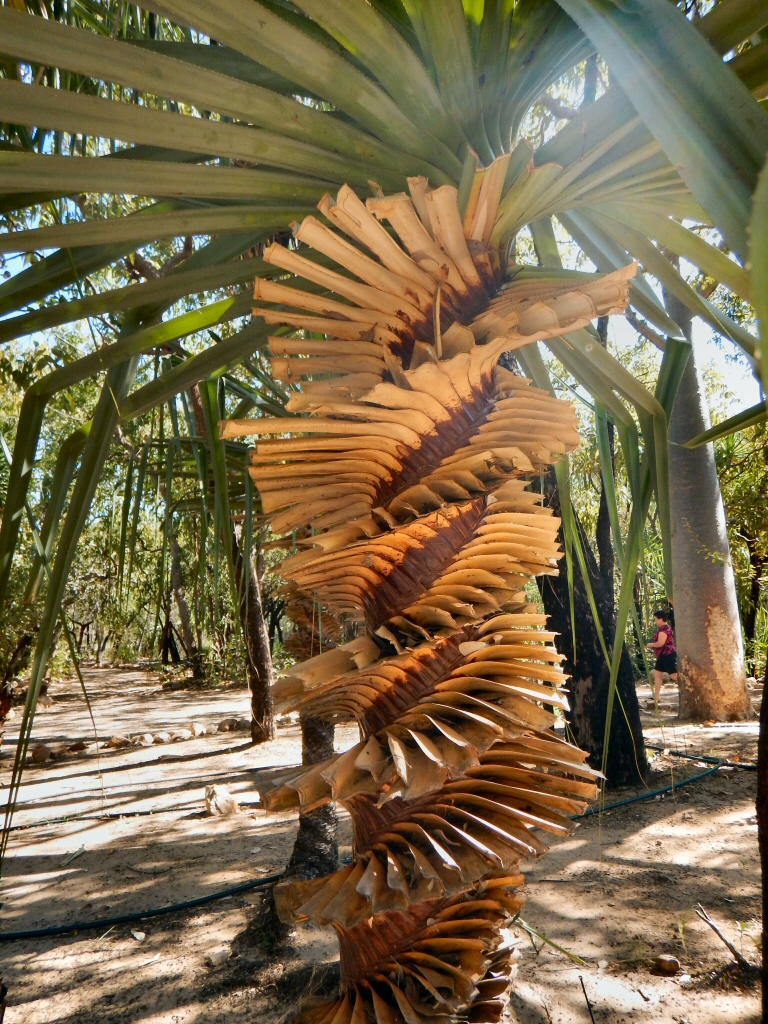
Pandanus spiralis - screw pine
-

Gomphrena species - native bachelors buttons
Eucalyptus and Melaleuca are the dominant tree and shrub species with a number of fig species spreading their tentacle like roots in the the stunning gorges that are one of the highlights for dusty tourists looking to cleanse themselves of the all pervasive red dust of the region.
The timeless ochre-filled landscape provides the backdrop for this amazing part of the world and nowhere is this more compelling than Purnululu (the Bungle Bungles – isn’t it time we started calling them by their much better Aboriginal name). The magnetic beauty of the orange and black sandstone hills provides a surprising theatre for beautiful flowers such as native cotton (Gossypium australe) and several stunning grevillea specie including G. agrifolia.
A visit to The Kimberley will force you to disconnect from the digital world through the sheer remoteness of the place. This seems to be a fitting condition of visiting such a timeless place with a history that stretches back up to 1900 million years. The vast expanses of untamed country speak of countess episodes of climate change and adaptation that brings a unique perspective to human habitiation on our ancient planet.
Spring thoughts – are you ready for the growing season!
Spring is around the corner and even though it is currently the dead of winter it is time to start preparing for the growing season. If you have a protected situation such as a greenhouse or even a sheltered patio then it is not too early to start planting seeds or amassing plants to harden them up under your own conditions. Just keep them away from direct frost if you are in a cold climate.

